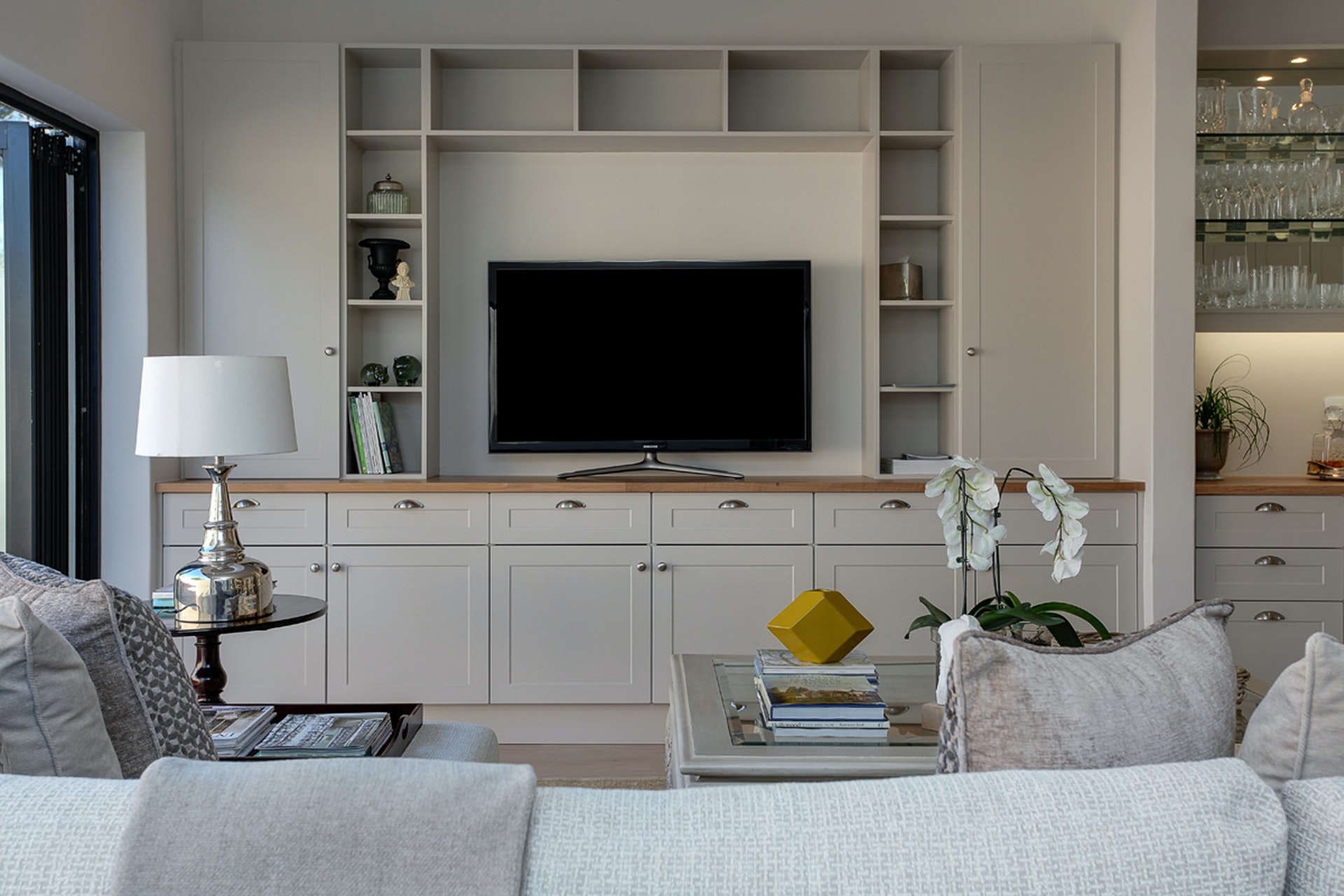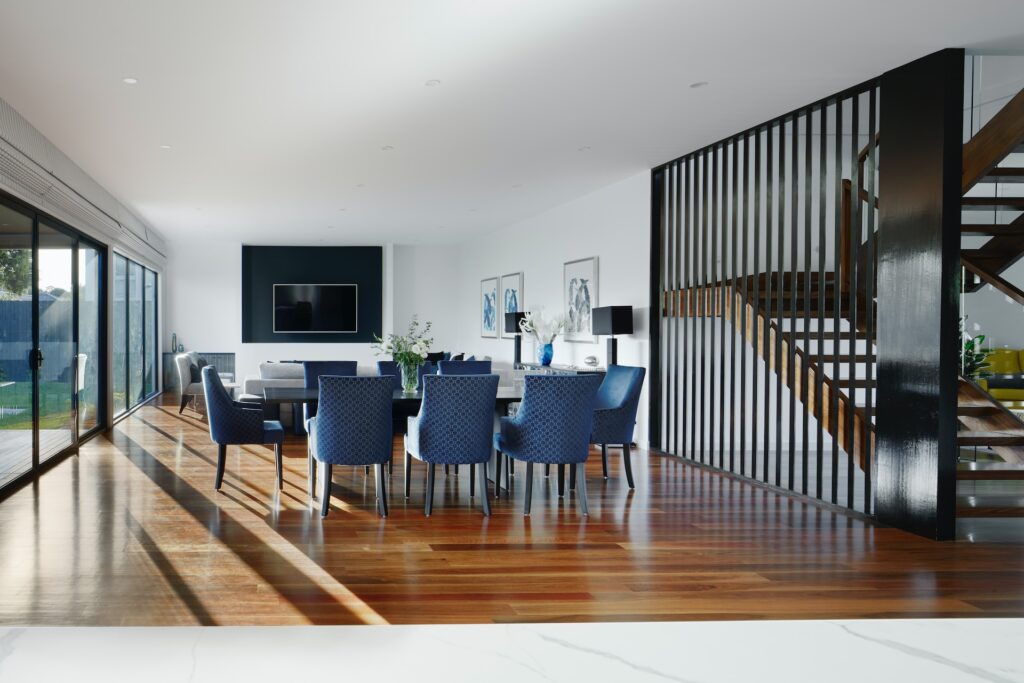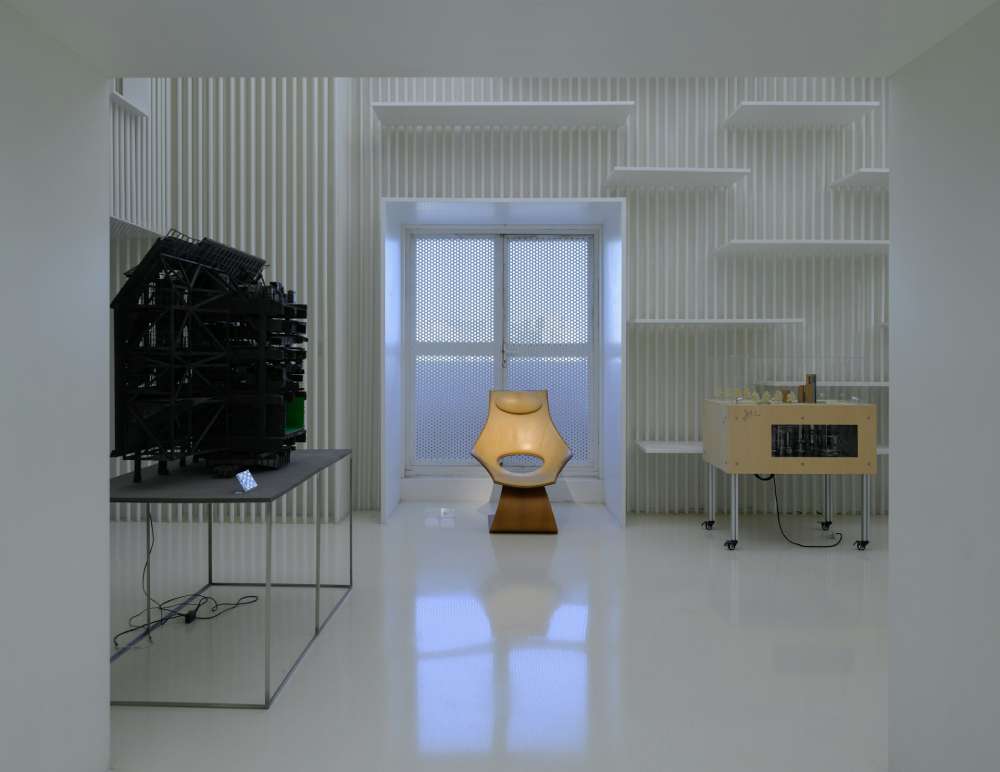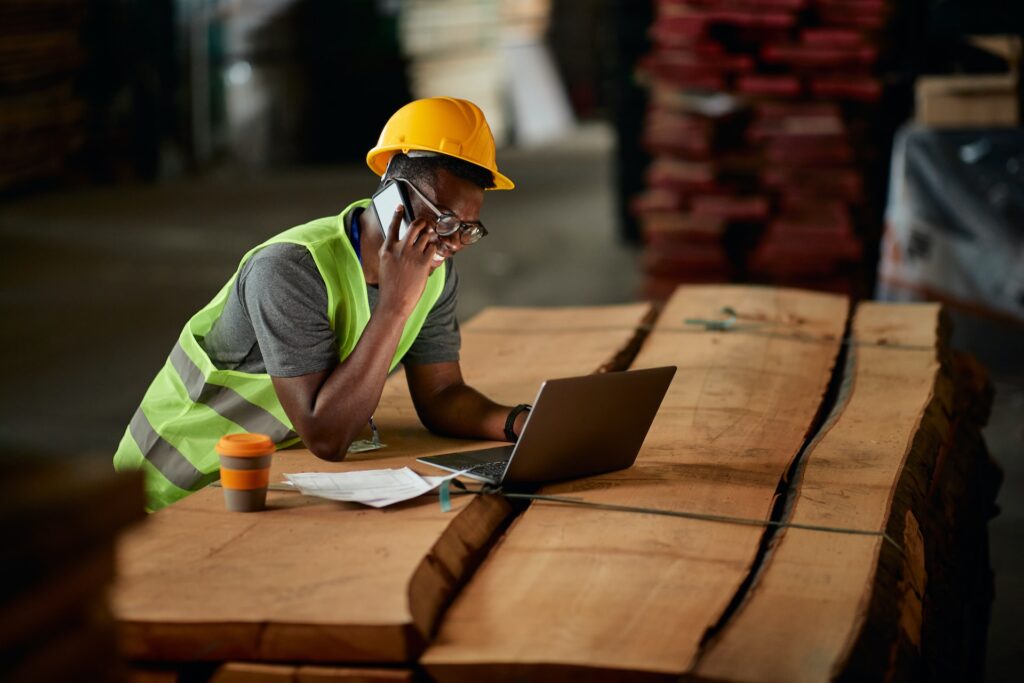When it comes to truss interiors, there are some key details you should know. For starters, you need to know there is a lead time for ordering trusses. This is because it takes some time to fabricate and deliver trusses. For example, if you order trusses on a Monday, you will receive them on Wednesday.
Fink-style trusses are an attractive alternative to plainer styles
Fink-style trusses are a good choice for short-span, high-pitched roofs as they offer economy in steel weight. They are designed with internal and external members that can be subdivided into smaller parts. They are often used to construct houses.
A truss is an assembly of compression and tension elements. The top and bottom chords provide compression and tension resistance while bracing is used to resist shear forces. Many different truss forms vary in their overall geometry and the individual elements used to make them.
They offer a stylish visual aesthetic
Exposed trusses offer a unique visual aesthetic that can be used in a modern home. This architectural detail is usually found in warehouses and barn-style designs, but many architects are now choosing to incorporate it into new homes as a current design element. These trusses can be painted in black or white, giving the space a more urbanized feel. Black details can also be added to the exposed trusses for a dynamic and contemporary decor.
They can save time and money
Installing Truss Interiors is an excellent way to save time and money. Using truss panels to build your interior walls allows you to create the desired space and shape without removing interior walls. Because trusses come in different sizes, discussing this with your building engineer before beginning is essential.
One significant benefit of truss interiors is installing a new roof every day. The trusses can be installed the same day, allowing you to focus on installing shingles and sheathing. Additionally, this method of roof construction saves you the time and expense of constructing a custom roof.
A raised-heel truss interior will help you save on energy costs by eliminating the need for insulation over the top plate. This will help you save money on materials and will make your house more comfortable and energy-efficient. Raised-heel trusses are also more effective for the builder since they prevent insulation compression.
They can help prevent ceiling nail pops
By putting in drywall clips and retention blocks between trusses, you can avoid causing nail pops in ceilings. Also, it’s a good idea to countersink nails into trusses to prevent them from cracking. You can use a large flat pin set for this purpose, and avoid hammering the nails with the back of a hammer.
Another common cause of nail pops in ceilings is shifting drywall. This can occur because of the natural shifting of the home or changing humidity. In addition, it can also be due to poor building construction. Regardless of the cause, frequent nail pops are a warning sign of a more significant issue. They damage the integrity of the drywall and pose a safety hazard.
Although most homeowners are unaware of this problem, it’s essential to take steps to prevent it. For example, if you’re using kraft-faced insulation, it’s a good idea to staple the insulation to the studs. If you’re using screws to secure the drywall, you can use double nails, but be aware of the pressure they exert on the studs. Nail pops can also be a result of poor ventilation. Depending on the climate, poor ventilation can shrink the drywall, pulling the screw head inward and causing the drywall to pop.
They are more common than rafters
If you are building a new home, you may be wondering whether to use rafters or trusses. Both types are sturdy options that provide horizontal and vertical support. Trusses are cheaper than rafters, but the upfront cost is higher than for rafters. However, a rafter system may be the answer if you want a more attractive and cost-effective option.
Both trusses and rafters can be made of wood. However, rafters are more versatile and cost-effective for smaller projects. However, rafters are less common than trusses, requiring more building expertise. They can also take longer to erect than trusses, making them a better choice for small projects or sheds.





Leave a Reply
You must be logged in to post a comment.